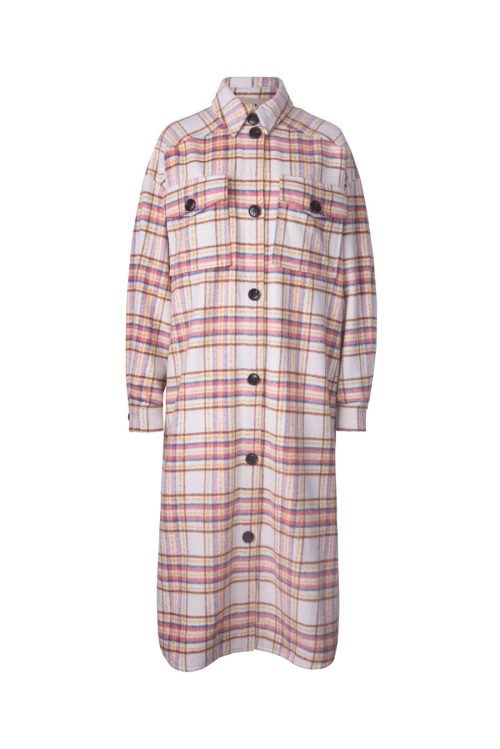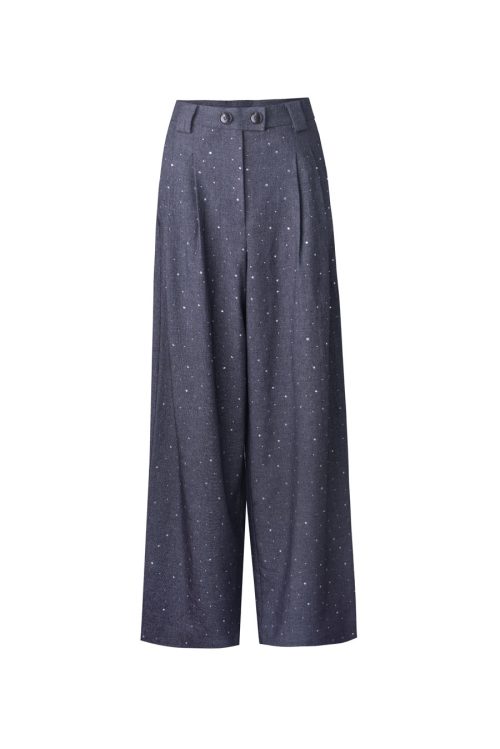
Introduction to China Apparel
The journey of China’s apparel industry is a tale of evolution, resilience, and innovation. Once a fledgling sector, it has burgeoned into a global powerhouse, setting the pace for fashion manufacturing worldwide. This remarkable transformation is rooted in China’s rich textile history, combined with its rapid modernization and adaptation to global market demands. Today, China Apparel stands as a testament to the country’s dominance in the global apparel market, characterized by its unparalleled supply chain, cost, quality, and efficiency.
The Evolution of China’s Garment Industry
Tracing back to its humble beginnings, the Chinese garment industry has always been synonymous with craftsmanship and quality. However, the real game-changer was the economic reforms of the late 20th century, which positioned the sector on a path of exponential growth. These reforms opened the doors to foreign investment, technological advancements, and international trade, catapulting China into the forefront of global apparel manufacturing.
Why China Dominates the Global Apparel Market
Several factors contribute to China’s supremacy in the apparel market. Its vast, skilled workforce, innovative manufacturing techniques, and a robust supply chain infrastructure are at the core. Furthermore, the ability to rapidly respond to changing fashion trends and consumer demands while maintaining cost-effectiveness makes China a preferred choice for fashion brands worldwide.
The Fabric of Success: Materials and Supply Chain
Access to High-Quality Materials
China’s apparel success is deeply woven into its access to diverse, high-quality materials. From luxurious silks to durable cottons, the country’s vast landscape offers a rich palette of textiles. This abundance not only fuels creativity among designers but also ensures that manufacturers can meet varied international demands with ease.
Streamlined Supply Chain and Efficiency
The efficiency of China’s supply chain is unmatched. Integration of advanced technology and logistics has streamlined the entire manufacturing process, from raw material sourcing to final product delivery. This seamless coordination ensures timely production and distribution, a critical factor in the fast-paced fashion industry.
Crafting Quality: Manufacturing Processes
The Role of Technology in Apparel Manufacturing
Innovation is at the heart of China’s apparel manufacturing processes. Cutting-edge technologies like 3D printing, automated sewing, and AI-driven design tools are revolutionizing how garments are made. These advancements not only enhance production efficiency but also open new avenues for customization and creativity.
Maintaining Quality Standards in Mass Production
Despite the scale of production, Chinese manufacturers never compromise on quality. Rigorous quality control measures are in place to ensure that each garment meets global standards. This dedication to excellence has earned China Apparel a reputation for reliability and superior quality in the international market.
Cost-Effectiveness and Competitiveness
How Cost Efficiency Fuels Global Demand
China’s ability to produce high-quality apparel at competitive prices is a key driver of its global dominance. Economies of scale, coupled with efficient manufacturing practices, allow for significant cost savings, which are then passed on to consumers and retail partners. This cost-effectiveness does not come at the expense of quality, making China Apparel a preferred choice for budget-conscious and luxury brands alike.
Balancing Cost and Quality: A Chinese Specialty
The Chinese apparel industry has mastered the art of balancing cost and quality, a feat that sets it apart. Through innovative production techniques and strategic supply chain management, manufacturers can offer products that meet high-quality standards while keeping prices affordable. This balance is crucial in catering to a diverse global market with varying demands and expectations.
Sustainability and Ethical Practices
Moving Toward Sustainable Fashion
Sustainability is becoming a cornerstone of the Chinese apparel industry. With growing global concerns over environmental impact, Chinese manufacturers are adopting greener practices, from sourcing sustainable materials to implementing energy-efficient production processes. These efforts reflect a commitment to reducing the fashion industry’s carbon footprint and promoting eco-friendly manufacturing.
Ethical Labor Practices in the Chinese Apparel Industry
The welfare of workers is another focal point for China Apparel. Strides have been made to ensure fair labor practices, including safe working conditions, fair wages, and workers’ rights protection. These initiatives highlight China’s dedication to ethical manufacturing and its role in setting industry standards for social responsibility.
Navigating Challenges and Future Trends
Overcoming Logistical Hurdles
Like any global industry, China Apparel faces its share of challenges, including logistical complexities and fluctuating international trade policies. However, the sector’s agility and resilience enable it to navigate these hurdles effectively. Continuous innovation in logistics and supply chain management helps mitigate risks and ensures smooth operations across borders.
Anticipating Fashion Trends: The Road Ahead
Staying ahead of fashion trends is crucial in the dynamic world of apparel manufacturing. Chinese manufacturers are increasingly collaborating with designers and fashion houses to anticipate consumer preferences and emerging styles. This proactive approach ensures that China Apparel remains at the cutting edge of fashion innovation, ready to meet the future demands of the global market.
China Apparel in the Global Market
Building International Partnerships
China’s apparel industry thrives on strong international partnerships. Collaborations with global brands, designers, and retailers are pivotal in expanding market reach and enhancing product offerings. These partnerships foster cultural exchange, innovation, and mutual growth, reinforcing China Apparel’s position in the international fashion arena.
Case Studies: Success Stories in Export
Numerous success stories highlight the impact of China Apparel on the global stage. Brands and designers worldwide rely on Chinese manufacturing prowess to bring their visions to life, from high-end fashion labels to mass-market retailers. These collaborations underscore the industry’s versatility, quality, and capacity to cater to diverse market needs.
The Consumer’s Role in Shaping the Industry
Influence of Global Consumer Trends
Consumer preferences play a significant role in shaping the apparel industry. China Apparel is adept at adapting to these trends, whether it’s the demand for sustainable fashion, the rise of digital commerce, or the need for personalized clothing options. Understanding and responding to consumer behavior is key to staying relevant and competitive in the global market.
The Impact of E-commerce on China Apparel
The surge in e-commerce has transformed how China Apparel reaches its consumers. Online platforms offer a direct line to international markets, enabling brands to showcase their products to a wider audience. This digital shift has opened new avenues for growth and customer engagement, further solidifying China Apparel’s global presence.
Conclusion: The Future of China Apparel
As we look toward the future, China Apparel stands on the cusp of new possibilities. With its blend of tradition and innovation, commitment to quality and sustainability, and the ability to adapt to market changes, the industry is poised for continued growth and success. For businesses looking to thrive in the world of fashion manufacturing, partnering with China Apparel offers a pathway to achieving global reach, efficiency, and excellence.
The journey of China’s garment industry, from its traditional roots to its current global dominance, serves as a blueprint for success in the competitive world of apparel manufacturing. As the industry evolves, it will undoubtedly continue to shape fashion trends, drive innovation, and set new standards for quality and sustainability. The future of China Apparel is not just about clothing; it’s about creating a more connected, creative, and conscious fashion ecosystem.




